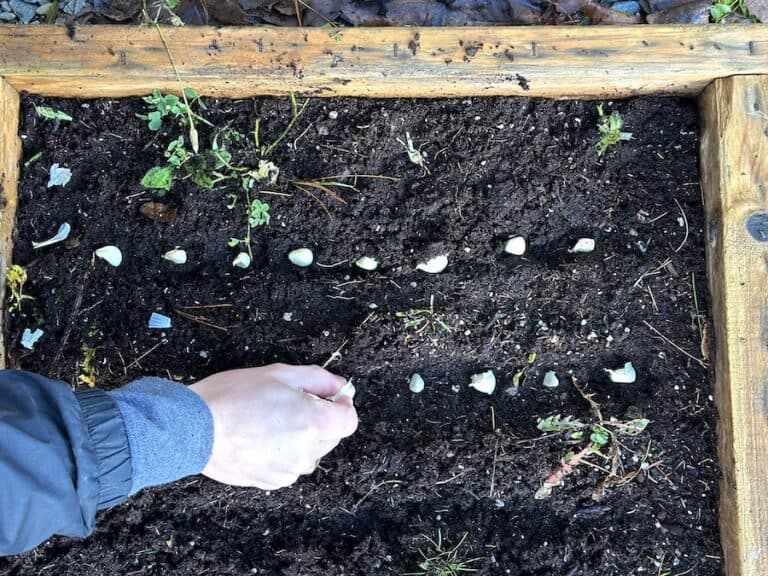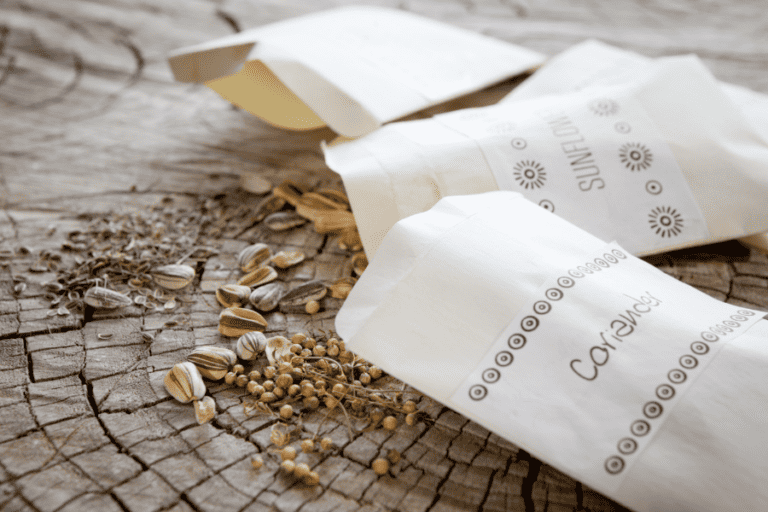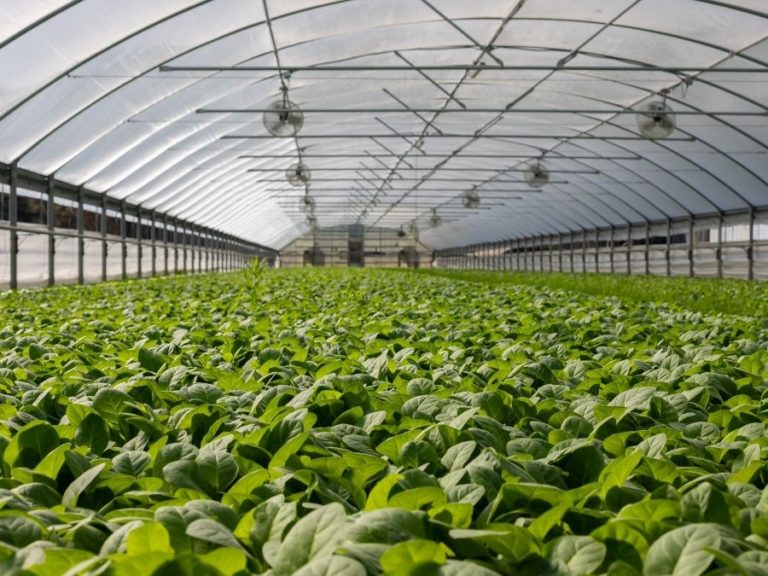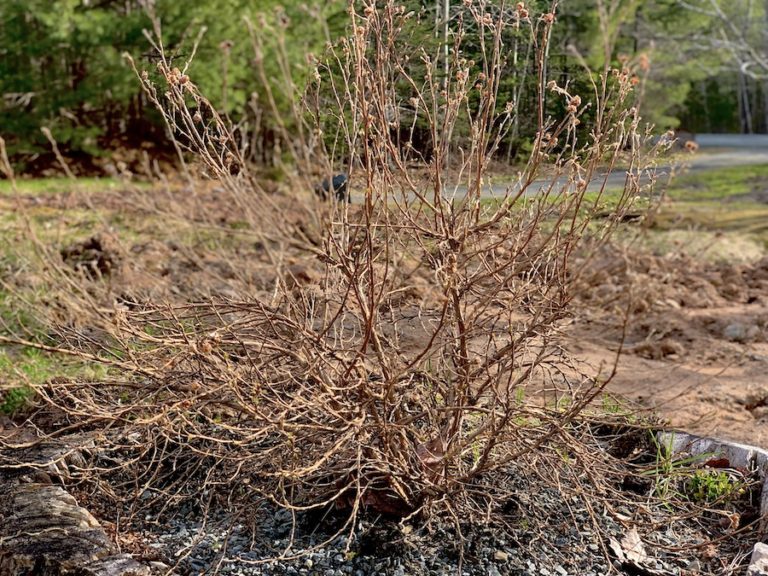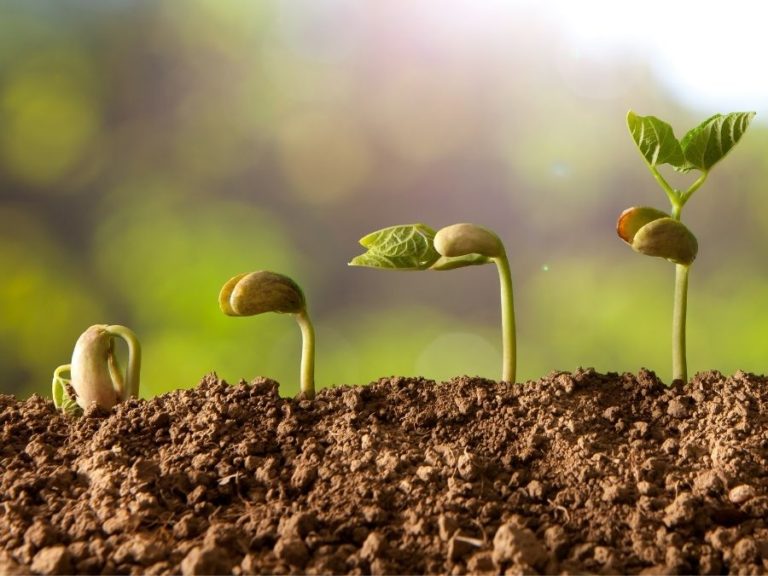Is It Better To Grow Vegetables In A Greenhouse Or Outside?

Deciding where to grow your vegetables—inside a greenhouse or outdoors—can significantly impact your garden’s success. Both options have their advantages and challenges, from controlling the environment to working with natural conditions.
In this article, we’ll compare greenhouse gardening and outdoor gardening, looking at factors like climate, plant types, costs, and maintenance needs. Whether you’re seeking year-round harvests or simply maximizing your growing season, this guide will help you determine which method is best for your vegetables and gardening goals.
Disclaimer: This article includes affiliate links. If you click one of them, we may receive a small percentage of the sale at no extra cost to you. Thank you for your support!
What Is A Greenhouse?
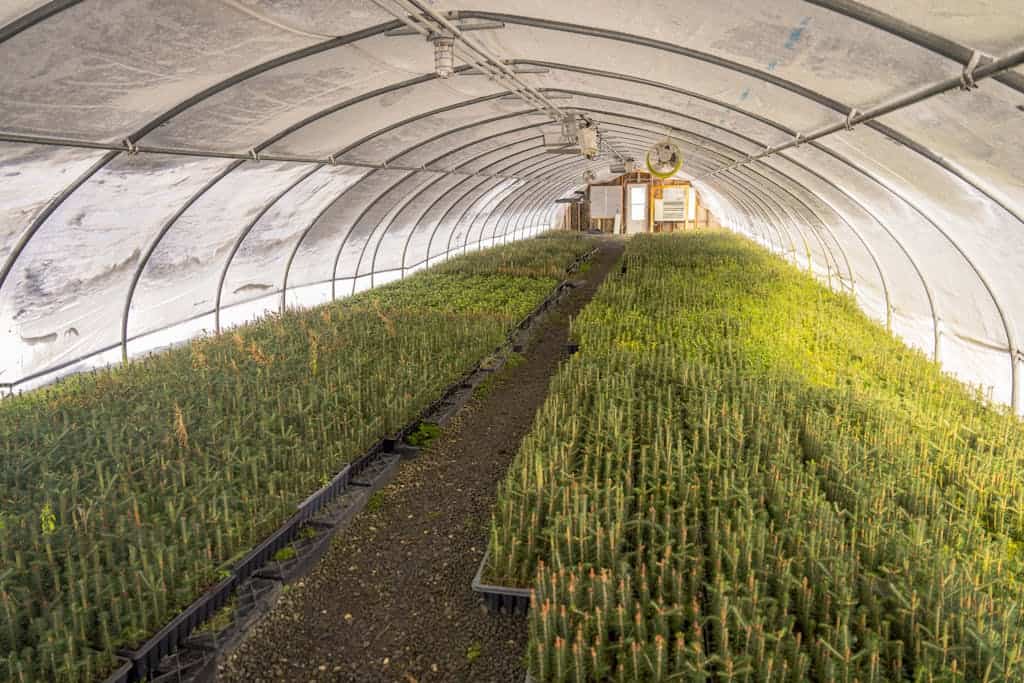
A greenhouse is essentially an enclosed structure built for plants to grow in with controlled temperatures and humidity. Being able to regulate the plant’s environment is one of the main purposes of a greenhouse. Not only does it help to produce plentiful and healthy crops all year round, but it also allows you to grow vegetables not native to your climate.
Greenhouses can be built from the ground up or purchased pre-fab in a variety of sizes and styles. Whether you are looking for a small backyard greenhouse or one large enough to span acres of land, there are many different types and styles of greenhouses available.
How Does A Greenhouse Work?
A greenhouse works by allowing light into the structure that is then absorbed by the plants and objects within it. From there, it is converted into infrared energy, also known as heat. The heat is then trapped in the structure and warms up the internal temperature. The necessary amount of warmth and sunlight will promote photosynthesis, which is needed for plants to develop. Note that when the temperature rises exceedingly high, vents and fans are needed as they can become too hot for plants to grow. To learn more about adding fans to your greenhouse, check out our article “Should You Install Fans To Help Ventilate Your Greenhouse?”
Aside from trapping necessary heat, a greenhouse also protects plants from common natural disasters, pests, and harsh weather conditions. Because of this, greenhouses make for a great option for people who live in inconsistent climates or colder weather.
Pros and Cons Of Greenhouses
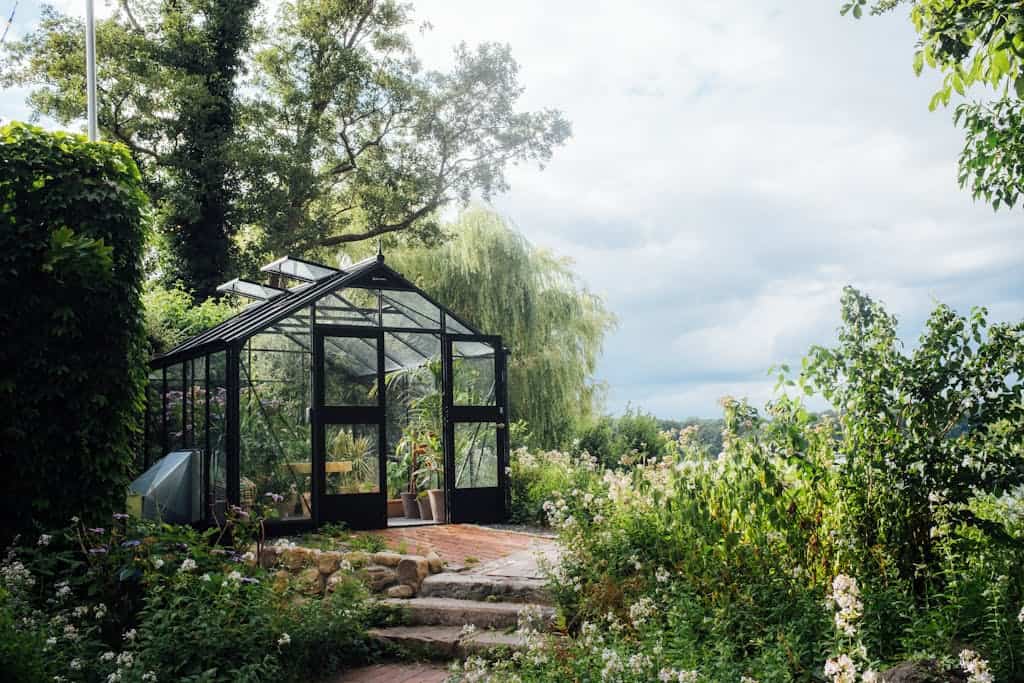
While using a greenhouse to grow your vegetables has several benefits, there are also some drawbacks. If you are still on the fence about if the pros outweigh the cons of getting a greenhouse, we have broken down a list to further help with your decision.
Pros Of A Greenhouse
Here are five benefits of having a greenhouse.
Year-Round Vegetables
Arguably the greatest benefit of having a greenhouse is the ability to grow fresh produce all year round. You can grow almost anything in a greenhouse if you apply the right amount of heat, ventilation, sunlight and humidity levels. Being able to control your plant’s growing environment means you can have fresh produce even in the winter months.
Low Pest Exposure
Since a greenhouse is relatively air-tight, there is a lower chance of pests and critters invading your crops. While it is still possible to have pests in your greenhouse, it can be much easier to control and get rid of them than in a backyard garden. For greenhouses using windows for ventilation, you can install a fine insect screen to your windows to add extra protection against pests.
Better Quality Crops
Because the temperature is controlled in a greenhouse’s ecosystem, your plants are likely to grow faster and stronger in comparison to an outdoor garden. Adjusting and controlling settings such as humidity and temperature can help create the ideal environment for any vegetable you choose to grow.
Grow Exotic Plants
As mentioned above, controlling your greenhouse conditions can help produce high-quality crops. This also means you can grow plants that are exotic to your local land, giving you more variety in what you can produce.
Visually Appealing
An added bonus to getting a greenhouse is that they are visually appealing. They can spruce up your backyard and garden, making it look fuller and more welcoming. Since they come in various styles and sizes, your greenhouse can be individualized to suit your desired aesthetic. Who doesn’t love a beautiful outdoor space?
Cons Of A Greenhouse
Here are three cons of having a greenhouse.
The Cost
Running a greenhouse can be costly. There are many factors to consider, such as the price of the greenhouse itself, electricity, heating, ventilation fans, water and growing materials. It is important to look into how much your greenhouse will cost you to maintain before investing in one.
Upkeep
Greenhouses can be more maintenance than your backyard garden, especially if you are new to them. They require monitoring every day to ensure the conditions are ideal for your plant’s growth. Along with upkeeping the plants, the greenhouse itself needs to be maintained to prevent structural damage and prepare for each season.
Different Requirements For Each Plant
While many plants can grow in similar conditions, a few require select temperatures and humidity levels. Therefore, you may not be able to grow all the plant varieties you desire simultaneously as your everyday crops.
Overall, if you have enough resources and time to attend to your vegetables’ needs, a greenhouse might be right for you. You will be amazed at the number of plants that you can grow inside a greenhouse.
Things To Consider When Running A Greenhouse
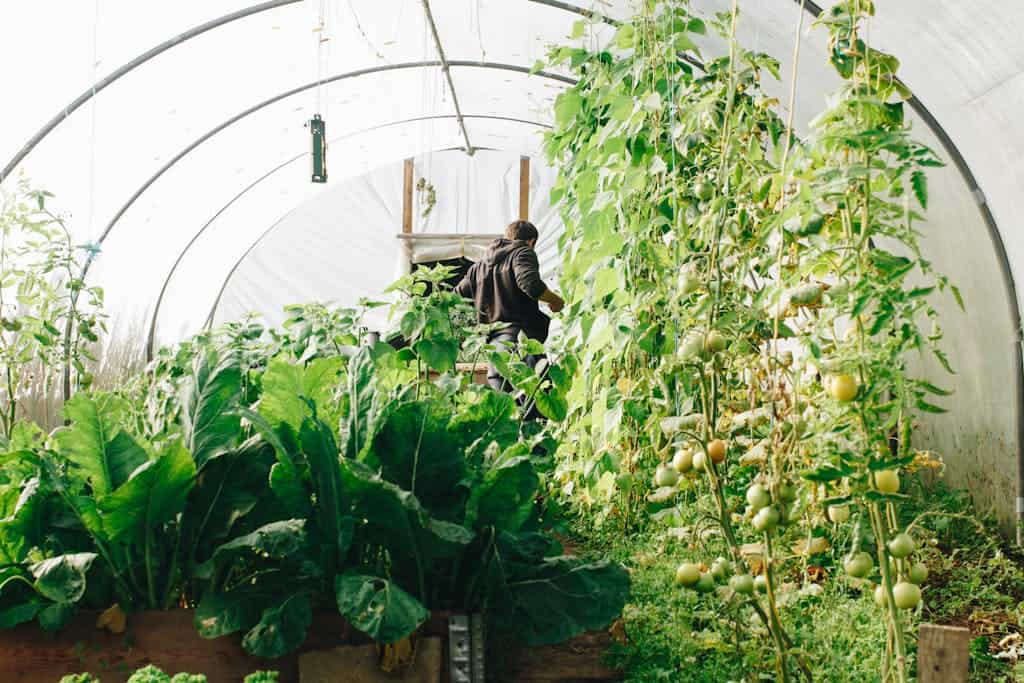
To have a successful greenhouse in the garden, you should consider environmental factors. There are five key elements that can either make or break your greenhouse.
- Temperature
- Water
- Sunlight
- Nutrients
- Humidity and ventilation
Ensuring you have a balance of all these factors can help you provide a hearty harvest.
Temperature
Temperature plays a fundamental role in the growth of plants. Vegetable growth depends on the season and the temperature that it brings along. Manipulating the temperature can help make your crops grow faster and healthier. When choosing vegetables that suit your greenhouse’s ecosystem, there are two categories: cool-season and warm-season crops.
Cool-season vegetables are the first crops to plant in a garden as they can withstand colder temperatures and do not require constant direct sunlight. These vegetables can grow in spring, fall and winter as long as the temperatures are above 32°F (0°C).
Warm-season vegetables are not to be planted outdoors until after the last frost as they cannot endure the cold weather. For these vegetables to grow, environmental temperatures need to be above 50ºF (10ºC).
Water
Getting the correct amount of water is important when it comes to your greenhouse plants (and in any style garden). Water carries nutrients from the soil and is then absorbed by the plant, helping it grow and produce fruits and vegetables. However, too much water can be detrimental, leading to mould, mildew, pests and drowning of the plant. Meanwhile, too little water can cause the plant to wither and die. It is important to maintain water balance and have good drainage to avoid negative impacts on your plants.
Sunlight
Sunlight is an essential component in growing and harvesting vegetables. It plays plenty of roles, such as stimulating plants out of dormancy, encouraging plants to bloom and bear fruit, and providing plants with nutrients for photosynthesis.
While some plants require direct sunlight, others may prefer shade or indirect sunlight. There are a few things you can do to help better control how much sunlight your plants receive. The first is to place your plants in your greenhouse strategically. For example, if one area of your greenhouse receives 8 hours of sunlight a day, put direct sun-loving plants in this area and the low-light plants in the areas where there is the least amount of sunlight per day.
The second is to set up a shade cloth. This will help control how much sunlight your greenhouse gets. Additionally, it helps reflect heat to avoid extreme temperatures inside.
Quality Nutrients
Having the right soil is necessary when gardening as it provides various nutrients that are crucial to your vegetable’s longevity. Garden soil supplies both macronutrients and micronutrients to plants to help them grow properly. A lack of these nutrients can lead to plant diseases, wilting and even death.
Ensuring you are using high-quality soil will make your vegetables last longer and flower. Organic fertilizers can also help improve a plant’s growth and health.
To learn more about what soil to use in your vegetable garden, check out our article “The Best Soil Type For A Vegetable Garden & Where To Buy.”
Ventilation and Humidity
Ventilation and humidity are additional contributing factors to the success of your greenhouse. Along with providing necessary CO2 to your plants, ventilation also helps regulate temperatures and humidity. Putting in vents and fans can help ensure your crops stay strong and healthy.
Meanwhile, humidity helps keep moisture in the air (which your plants will love). However, high humidity levels can be a bad situation for your greenhouse as it promotes mould, pests and disease. Having good ventilation can help keep the humidity levels from getting too high. The ideal levels are between 50-70% relative humidity for your plants to grow without causing potential harm to your crops.
Taking these factors into consideration can help create the perfect situation for growing your own crops. While having your own greenhouse can be a huge responsibility, being able to control these elements yourself is incredibly rewarding.
Do Vegetables Grow Better In A Greenhouse Or Outside?
To answer the question, do vegetables grow better in a greenhouse or outside? For a lot of gardeners and farmers, the answer is yes. Vegetables grow better in a greenhouse than outdoors. While greenhouses may appear to be time-consuming and challenging, if you are willing to put in the time and care, they will be a great asset to your garden. The benefits of having a greenhouse outweigh the drawbacks.
A greenhouse provides the ideal ecosystem for a plant to thrive in. Unlike the outdoors, a greenhouse’s temperature and CO2 levels are more controlled and consistent. Furthermore, a greenhouse can keep vegetables safe from any potential outdoor problems.
If your goal is to grow as many high-quality vegetables in a short amount of time or have fresh produce for your family all year round, then a greenhouse is perfect. With little to no pests or critters to invade your gardens mixed with a controllable environment, a greenhouse is a superb way to grow vegetables.
Best Plants To Grow In A Greenhouse
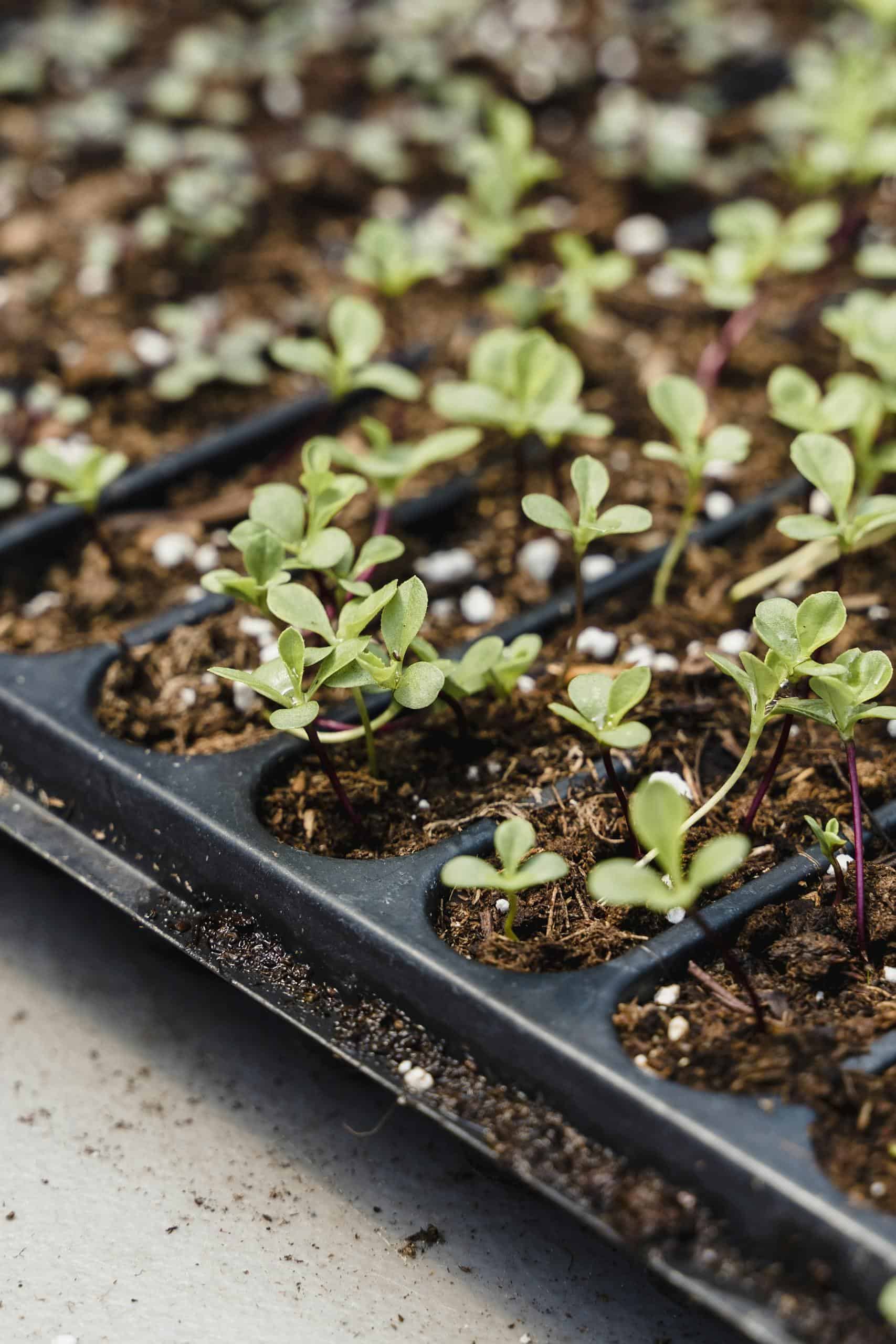
You can grow almost any vegetable inside a greenhouse. Earlier, we discussed cool-season crops and warm-season crops. Both of these groups require different kinds of care in order to triumph.
Cool-season crops can be grown in a greenhouse that is unheated and/or has cold frames. These kinds of crops do not require a lot of heating and can generally survive in chillier climates as long as it does not drop below freezing point. Most of these crops prefer shading and indirect sunlight and should have good ventilation.
Examples of cool-season crops that can be grown in a greenhouse include:
- Lettuce
- Broccoli
- Beets
- Cauliflower
- Cabbage
- Kale
Meanwhile, warm-season crops are more acquainted with warmer climates. These crops are best planted in greenhouses with a steady temperature of around 75°F (24°C) or higher. However, they can survive in temperatures as low as 50°F (10°C). They prefer to have direct sunlight and plenty of care to thrive.
It is important to note that long drops in temperature can affect the quality of warm-season crops. Managing the temperature for both categories of crops is necessary.
Examples of warm-season crops that can be grown in a greenhouse include:
- Cucumber
- Tomatoes
- Peppers
- Eggplant
- Melon
- Sweet Potato
Can I Still Grow Vegetables Outside?
Let’s face it: not everyone can afford a greenhouse in their backyard, and that is okay. This should not discourage you from starting a garden. Growing vegetables in your backyard can be quite easy if you research your area and grow according to your local climate.
Gardening outside can have the same benefits as gardening inside a greenhouse. However, there are a few limitations that you should consider. The first is that your vegetable selection is limited to your area. Depending on your local climate, you may only be able to grow certain vegetables successfully.
Secondly, is that you will need to keep an eye on your garden for pests and critters, as this is a common outdoor gardening issue.
Realistically, these factors are small in comparison to the rewards of gardening. This just involves a bit more adaptation and creativity. Plenty of gardeners have great success growing vegetables outdoors without ever having a greenhouse. Having quality soil, watering your crops regularly, and providing general care to your vegetables will make a huge difference in your garden’s yield.
Best Plants To Grow Outside
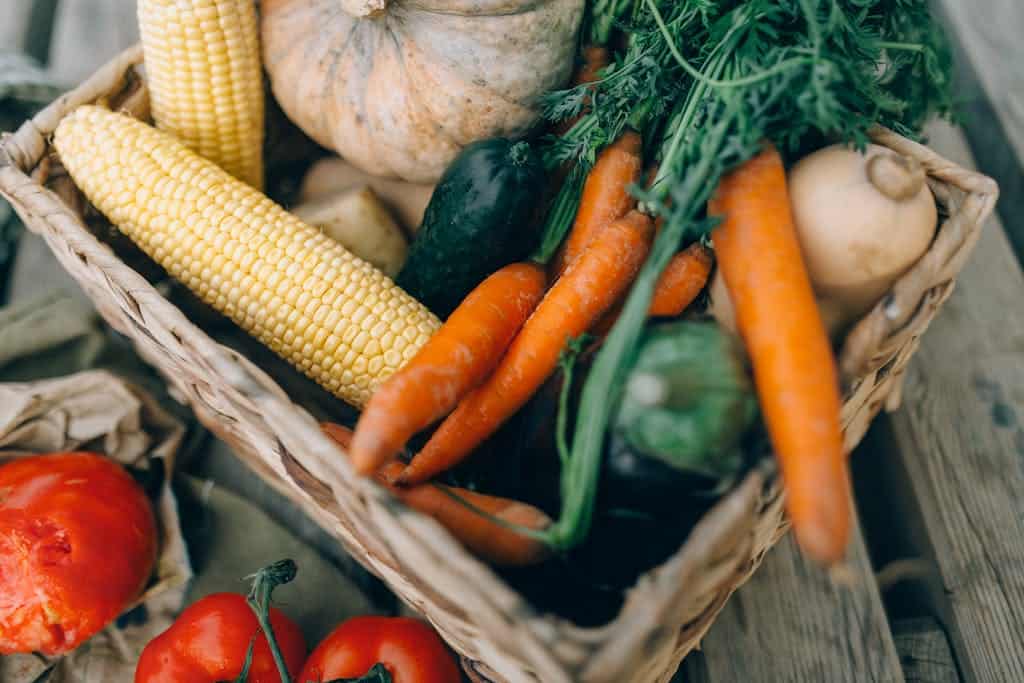
The best crops to grow in your outdoor garden will heavily depend on your native climate. Climate plays a big role in determining whether a vegetable will grow or not. A few factors that can affect your garden are temperature and soil types.
Warm Climate
If you live in a warm climate, try growing warm-season crops such as tomatoes, cucumbers, sweet potatoes, and peppers. In addition, tropical fruits will thrive in warmer climates as it is less likely for the weather to drop below freezing.
Cold Climate
In contrast, if you live in a colder climate, growing cool-season crops is better suited. These crops can germinate even in temperatures as low as 35-40°F (1-4°C). Numerous hardy vegetables can grow in these conditions, including leafy vegetables (spinach, kale, lettuce), carrots, cabbages, potatoes, and turnips.
In short, if you choose to garden outdoors, you may be limited to the varieties of vegetables you can grow as opposed to in a greenhouse. To learn more about the best crops based on your location, try speaking to local farmers for gardening advice.
Is A Greenhouse The Right Investment For You?
If you want to turn your gardening into a long-term investment, then yes, getting a greenhouse is undoubtedly worth it. Greenhouses take time, though once successful, they can produce more plants than your average outdoor garden and produce more within a shorter period of time.
Getting a greenhouse is great for people who want to live a more sustainable lifestyle or plan to turn their gardening into a business. Not to mention, they make for a rewarding hobby.
You do not need a large space to have a greenhouse. Many gardeners will set up a small greenhouse to use for plant breeding and germinating seeds until they are ready to transplant them outdoors. The possibilities with a greenhouse are endless due to its flexible nature.
Final Thoughts
For some people, a greenhouse might not be the wisest decision. While you may get higher quality vegetables when you own a greenhouse, running it takes plenty of responsibility and care to ensure a consistent internal temperature, humidity, and ventilation. However, if you take care of your greenhouse properly, you will be rewarded with a bountiful harvest.
Owning a greenhouse all depends on what you desire and can commit to as a gardener. It is hard to deny that having a greenhouse has plenty more benefits than solely gardening outdoors. If you are ready to commit to a lifetime of harvesting your own crops, then it’s time to start putting together your dream greenhouse.

